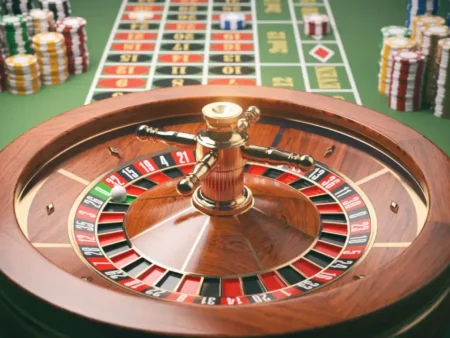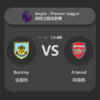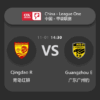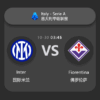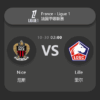In games like baccarat and blackjack, success is not solely based on luck. Professional gamblers and seasoned players often rely on advanced techniques such as shoe tracking and understanding the concept of rounds to enhance their strategic edge. These methods involve analyzing card flow patterns and segmenting the game into manageable intervals to identify trends, improve prediction accuracy, and make more informed betting decisions.
Shoe Tracking and the Concept of Rounds: Enhancing Strategic Gameplay

What is Shoe Tracking?
Shoe tracking, also known as card flow analysis, refers to monitoring the sequence of outcomes or card distributions from a dealer’s shoe — the container that holds multiple decks of cards. This practice is most effective in games like baccarat, where the cards are not shuffled after each hand but dealt sequentially through the shoe.
Players record the results (e.g., Banker, Player, or Tie in baccarat) and look for recurring patterns or anomalies. By observing how the shoe “flows,” players aim to anticipate future results and adjust their bets accordingly.
Understanding the Concept of Rounds
In strategic gameplay, a round is a set of hands or betting intervals grouped together for analysis. Instead of treating each hand as an isolated event, players evaluate outcomes in round-based segments. This approach provides a structured framework to:
- Identify short-term trends within a round.
- Adjust betting systems based on recent outcomes.
- Reset mental and bankroll strategies between rounds.
For example, a player might define a round as 10 hands. At the end of each round, they reassess their strategy based on wins, losses, and observed patterns, ensuring they don’t chase losses blindly.
Why These Concepts Matter
- Discipline: Round-based play promotes discipline and prevents emotional decision-making.
- Data-Driven Decisions: Tracking card flows gives a semi-quantitative basis for prediction.
- Bankroll Protection: Segmenting play into rounds allows better control over wins and losses.
- Trend Recognition: Patterns can be subtle; a structured approach increases detection accuracy.
Conclusion
While no system can guarantee consistent wins in games of chance, shoe tracking and the concept of rounds offer players a way to introduce logic, structure, and discipline into their gameplay. These techniques help players become more observant, make more informed decisions, and manage their bankroll effectively — crucial traits for long-term success in the casino.

